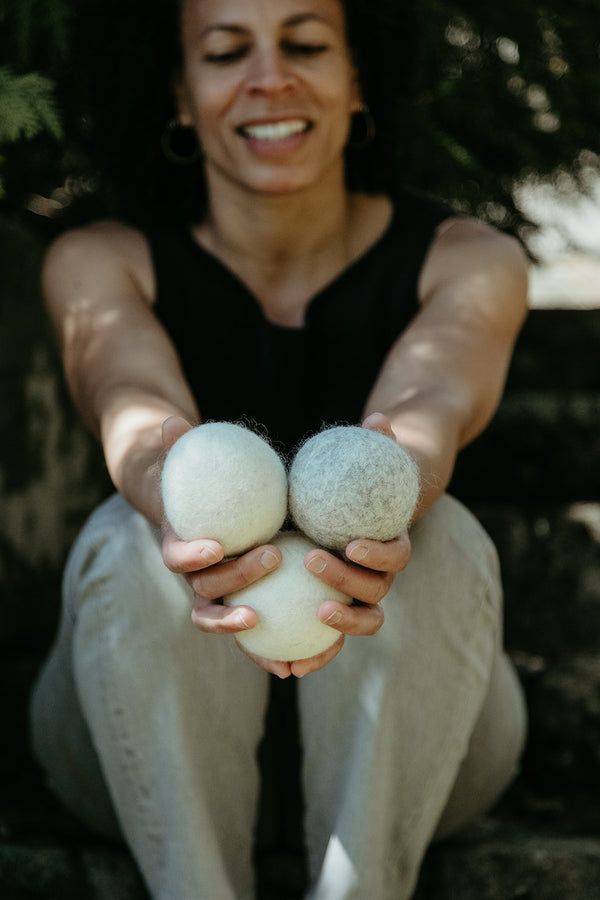Your Cart is Empty
Community Connections
March 18, 2020 2 min read

A few years ago, while visiting a friend in Seattle, I came across a neighborhood reading library.
What a novel idea, I thought to myself, a great way to recycle old books and encourage a love of reading. Little did I know the idea for book exchanges had already launched and would land in my own Southern California backyard.
The Little Free Libraries movement is one of many ways communities are coming together. We need this, especially at a time when more and more people are living their lives behind computer and cell phone screens. Our need to connect, to be a part of something bigger than ourselves, is essential to our well-being, mental health experts agree.
And throughout the country, communities are building a better place to live.
In Arcosanti, located in the micro-city of Mayer about an hour north of Phoenix, its 5,000 residents thrive in a 1970s-created urban center that combines architecture and ecology with minimal impact on the earth with a shared swimming pool, amphitheater and greenhouse and a year-round calendar of self-sustaining workshops.
Throughout the country, towns also are rediscovering the benefits of independent bookstores. According to a recent NPR segment, these stores aren’t just back; they’re thriving.

During last month’s show, Ryan Raffaelli, professor of business administration at Harvard Business School, said that the resurgence of indie bookstores (Check out hello hello books in Rockland, Maine) has been trending the last 10 years. Rather than competing with Amazon, store owners are curating books and other articles “often linked to the tastes of those in the community, often connected to up-and-coming authors.”
“The bookstores I've been in, some of them reported having hosted over 500 events a year,” Raffaelli said. “So they're bringing people into these spaces, almost like this old notion of the watering hole, bringing people back to a conversation."
Community gardens are also growing strong. The Vermont Community Garden Network formed nearly two decades ago, for example, boasts more than 500 gardens and educates schools and locals on gardening and cooking with fresh produce. This statewide movement was initiated by four friends who planted a one-acre garden in their Burlington neighborhood.
So ask yourself: How can you make a difference?
Here’s How!
From sustainable practices to humble gestures, consider powerful ways you can impact your own community:
1. Identify a Need. Your neighborhood includes schools, places of worship, public spaces and more. Gently used clothing needed? Clear out your closet and fill that need. Local food bank just opened? Bet they could use canned goods—a great donation project to involve kids.
2. Initiate a Plan. If four friends can inspire a statewide community movement in Vermont, surely you and a few buddies (or kids) can unite. Pick up trash, feed the homeless or hold a garage sale to benefit a local shelter and who knows, you may inspire others to do the same.
3. Take Action. Don’t just talk about how to change things; make it happen. Join a philanthropy group, parent guild or local non-profit and bring your time, talents or treasures to the table.
Leave a comment
Comments will be approved before showing up.
Subscribe
Sign up to get the latest on sales, new releases and more …

Join the LooHoo Community
Sign Up Now to be entered in our monthly giveaway "Win One, Give One" LooHoo 3-Pack. Plus, be the first to learn about new products, sales and giveaways.


